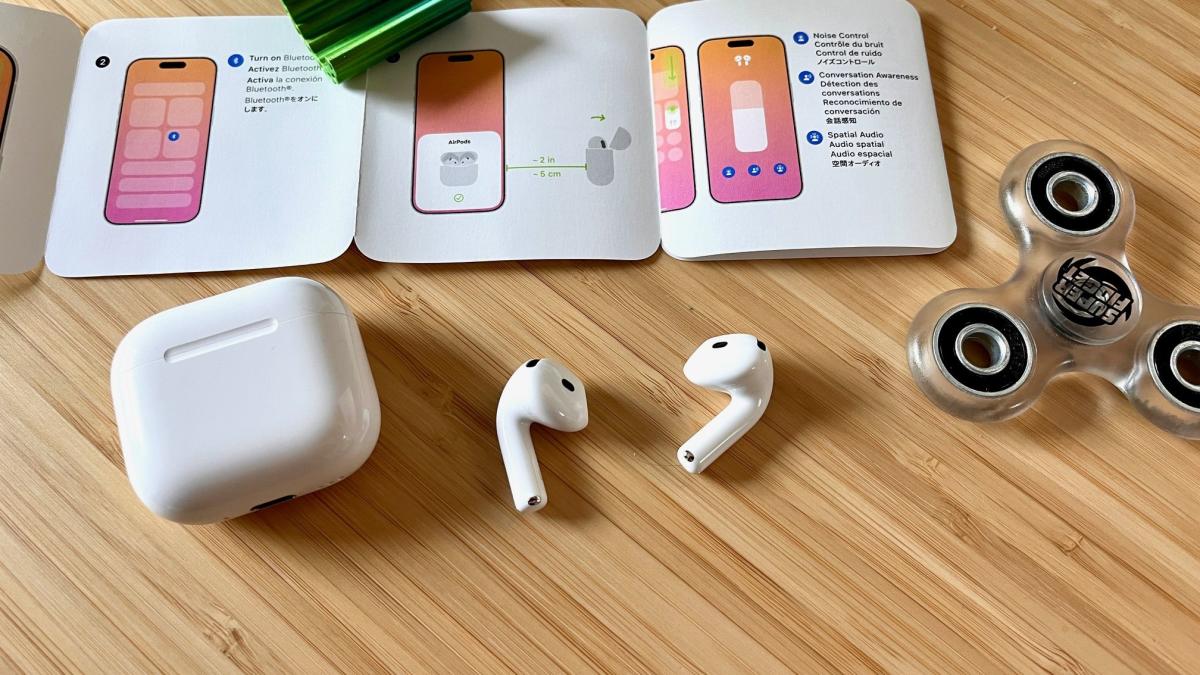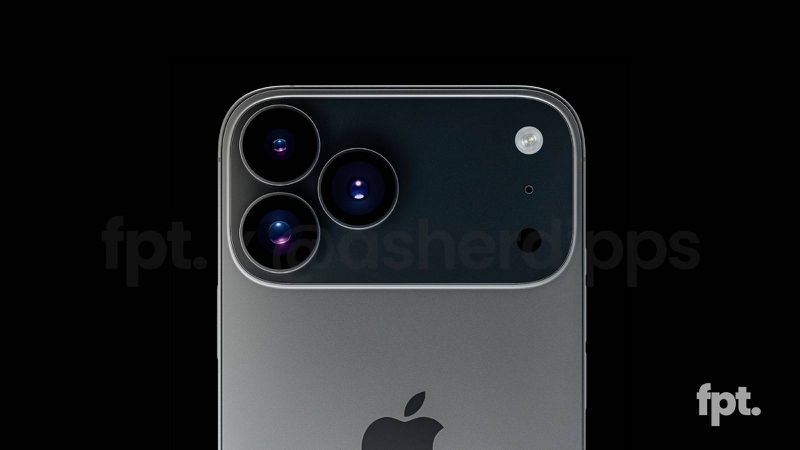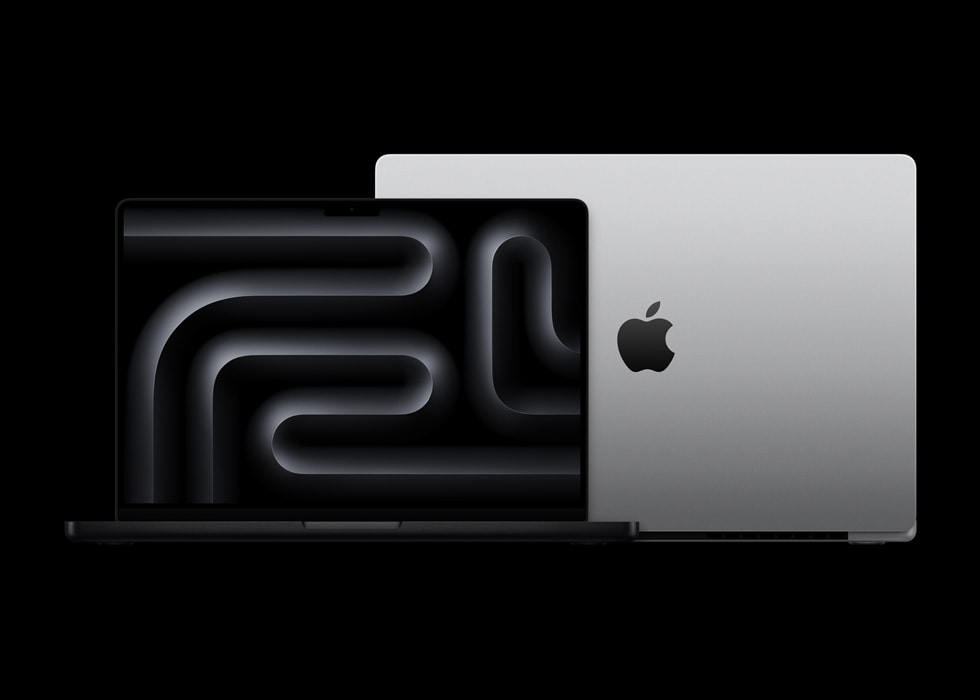Things have been buzzing with Apple news lately. The company recently shared that the updated Siri won’t be ready anytime soon, and insiders say the cool features promised at last year’s WWDC are still far off. With all this happening, Apple could use a throwback moment—like a new Snow Leopard—to get its software back on track.
If you’ve used a Mac for a while, say 16 years or more, you might recall Mac OS X Snow Leopard. Back then, Apple didn’t rush out a new Mac OS every year. When Snow Leopard launched, it wasn’t about flashy new tricks or looks. Instead, Apple worked hard to make the software steady and reliable. I started thinking about this after seeing an old WWDC 2009 clip where Bertrand Serlet, a big name at Apple back then, proudly said Snow Leopard had “no new features.” It’s wild to see how much Apple has shifted since those days.
Apple’s never been quick to say “oops,” but it has owned up to slip-ups before. Think about Steve Jobs talking to the press about the iPhone 4 antenna mess or admitting MobileMe wasn’t great and promising to fix it. I miss that honesty. Today, it’s tough to picture Apple saying, “Hey, this update has nothing new,” or owning up to glitches in front of everyone.
Fast forward to now—a Bloomberg report says Robby Walker, a Siri boss at Apple, called the delays “messy” and “awkward” in a team meeting. Last June, at WWDC 2024, Apple hyped up Apple Intelligence, but when iOS 18 and macOS 15 dropped, those features were nowhere to be found. Some trickled out later, but the new Siri—yep, the one in iPhone 16 ads—still hasn’t shown up.
Online, people are grumbling about bugs in Apple’s latest updates, and it’s not hard to see why. Apple should hit pause. Announcing stuff that’s not ready (remember AirPower?) just sets everyone up for disappointment. Now that they’ve admitted Siri’s delay, I hope they focus on smoothing out the rough spots and delivering what they promised. We don’t need big updates every year—give the team time to fix things. A new Snow Leopard vibe could be just what Apple needs.






